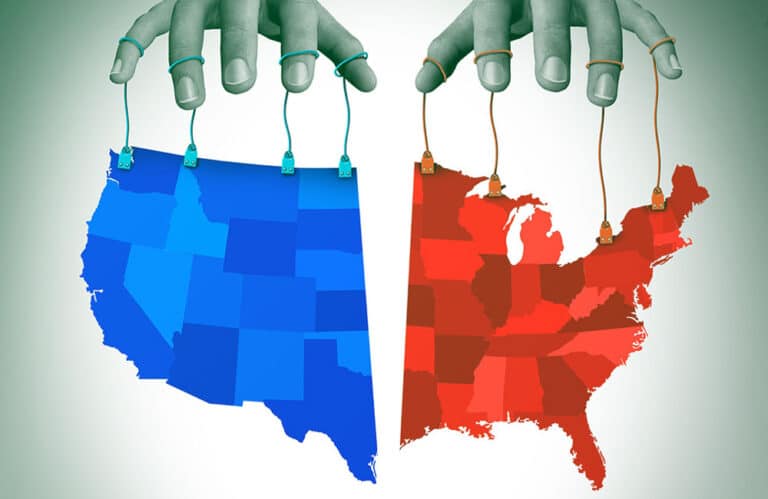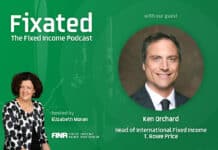
Anna Dryer, a portfolio manager in the Fixed Income Division at T. Rowe Price shares her views on the upcoming US election and its potential impact on the long-term Treasury yields as follows:
Our research indicates that this is the closest presidential election in over 60 years, with a high likelihood of a divided government. While the candidates are proposing different policy agendas, what should drive the market—particularly the rates market—is a commonality between their proposals: the deficit.
To provide context, the Congressional Budget Office projects that by the end of 2024, the deficit will reach 7% of Gross Domestic Product (GDP). This is the highest deficit the United States has ever experienced during peacetime and outside of a recession. Additionally, by the end of 2024, it is projected to spend over 3% of GDP on net interest expense, surpassing the defence budget. The deficit has been steadily growing, and unfortunately, neither candidate is proposing policy measures that would alter this trajectory. This matters significantly for long-term yields, which are largely driven by the size of the deficit. All else being equal, this should have a substantial impact on rates markets.
Also read: Analysis of 4 Political Policy Areas on the U.S. Economy
On a positive note, the likely scenario of a divided government, coupled with the ongoing political bickering and partisan politics, makes it less probable that large fiscal packages will pass in their initial form. Paradoxically, this governmental dysfunction may actually have a positive effect on long-term yields.

































